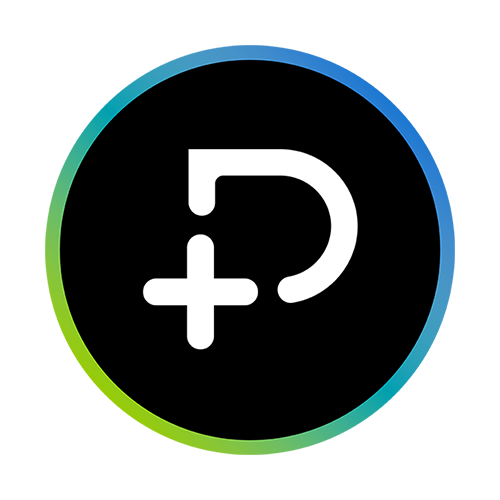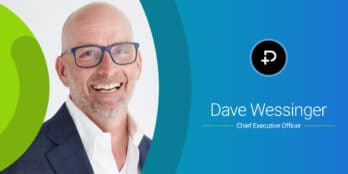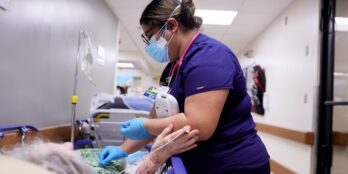
Distant Cousins or Siblings? What Senior Living Providers Have in Common with SNFs
 2 min
2 min
Senior Living, Skilled Nursing
FACT: Senior living in 2016 is catering to a different kind of senior consumer — they are more active, living longer and relying on assistance to do so. How so? Think medication or therapy — even nutrition management. It’s all part of the package.
In other words, today’s senior living residents are looking more like yesterday’s skilled nursing residents. When everything’s added up, it becomes clear that in order to adapt, senior living providers should consider a page out of the skilled nursing providers playbook.
More Meds, More Potential Problems
In the past, the average senior living resident moved into a community when he or she was about 72 years old and had one or two chronic conditions. Now, the average resident moves in at age 83, and half of all assisted living residents have three or more chronic ailments.
This means senior living providers who had previously focused on their hospitality vibe — the atmosphere, the activities, the decor — now must weave in health and wellness services to meet the growing needs of their communities.
A Tough Job to Tackle
As it stands, senior living residents are becoming more like skilled nursing residents in that they are also treated by several different specialists for concurrent medical conditions. This makes polypharmacy — defined as taking five or more drugs concurrently — especially risky, as different caregivers, or even different doctors and pharmacists, can be unaware of just how many medications seniors are taking at any given time. Plus, the high number of medications that senior living residents take every day raises the possibility of adverse drug interactions and other negative events.
So, What’s a Senior Living Provider to Do?
To start, all senior living providers should make sure they have a comprehensive electronic medical administration record (eMAR) in place, and ideally one that’s integrated into their electronic health record (EHR) platform. In one fell swoop, an EHR with an eMAR can:
- Mitigate medication risk
- Track resident acuity creep
- Improve net operating income (NOI)
Senior living providers, now more than ever, need to have a system that allows them to track the care they’re providing to residents, accurately and in real-time. That way, providers will have access to each resident’s complete medical and medication history — and providers can also make sure they are billing residents properly and able to communicate to families the realities of the required care.
When residents are billed properly, that benefits a senior living provider’s NOI. Quite simply, residents are being billed for the care they receive — and only the care they receive. Providers are getting paid for the care they provide — all of it.
It’s also key for senior living providers to stay on top of residents’ acuity creep, or any worsening of their health. Conveniently, an EHR with an eMAR can alert providers when acuity creep is taking place. That way, providers can address any changing conditions, potentially keeping residents in their communities longer as opposed to moving them to skilled nursing facilities. That’s also good for a provider’s NOI.
Watch “Mitigating the Risks of Medication Management” for more:
July 15, 2016






